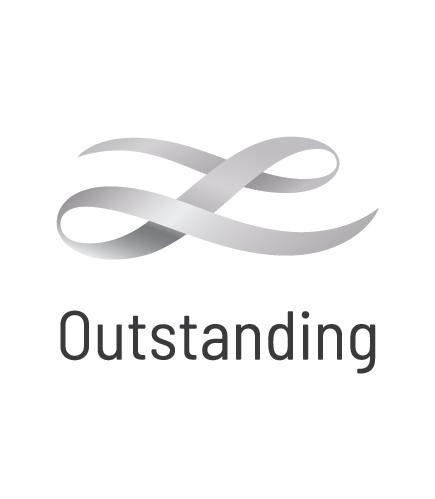Château les Carmes-Haut-Brion
Clos Mogador Priorat
Intense, mineral-accented aromas of cherry, cassis and violets. Juicy with sweet dark berry flavours, bitter chocolate and candied flowers. Powerful and vibrant with excellent balance and clarity. Fine-grained tannins lead a long, spicy, penetrating finish. It will age gracefully.
Chateau Trotanoy
Chateau Talbot 4me cru classe
Classified as one of ten 4me crus in 1855, Chateau Talbot, in the Saint-Julien appellation, has a distinguished history. Throughout the years, it has been owned by the Governor of Aquitane, the Earl of Shrewsbury and the Marquis of Aux before being acquired by the Cordier family, the fourth generation of which are still in ownership today. Their 2016 Grand Cru is a wine of exceptional personality and charisma, already impressing critics with its silky sweetness and subtle edge. Balanced, crisp, and full of complexity, it is loaded with ageing potential, promising to become something even more prodigious just a few short years from now.
Quintarelli Giuseppe Veneto Rosso del Bepi
Chateau Cos d'Estournel 2me cru classe
Majestic, intense, full bodied and tannic, Cos dEstournel is considered the leading wine of St Estèphe. Highly tannic in its youth, over time it develops much much like the great wines of adjoining Pauillac. The wine is typically a blend of 60% Cabernet Sauvignon, 38% Merlot and 2% Cabernet Franc, consistently displaying immense power and evident breed.
Yarra Yering Dry Red No 1
One of Victoria's true heritage wines, Yarra Yering Dry Red No.1 is primarily a blend of Cabernet Sauvignon with Merlot, Malbec and a touch of Petit Verdot. Planted on a historic Yarra Valley site by the late Dr Bailey Carrodus, this wine is full of complex aromas of plum and berry which is followed by rich fruits with an oak and cedar slant. A wine drinking well now and value for the true wine lover.
Houghton Jack Mann Cabernet Sauvignon
One word - legend. Jack Mann served Houghton for a remarkable 51 consecutive vintages. His determination to create wines of intensity, elegance and regional character have inspired a generation of Australian winemakers to achieve great things. Simply one of this country's greatest Cabernets, this wine is not just single vineyard fruit, the selection process is so rigorous that often it is just a few rows from the Justin Vineyard. Such is the reverence for that great man - Jack Mann.
Chateau Haut-Bailly Grand cru classe
While the estate known as Chateau Haut-Bailly dates back to 1461, its wine production began in 1530, falling into the hands of the de Leuvarde and Le Bailly families in 1630. It was purchased in 1998 by Robert G Wilmers, a Harvard-educated banker, and his French wife Elisabeth and under their care, the estate has begun producing some of the best wines in its history. The cellars and production procedures were renovated and modernised and this year, the Chateau itself was awarded government recognition of its cultural and vinious heritage. From some of the oldest vines in the region, the 2016 has been lauded as one of the Chateaus best, with Neal Martin hailing it as perhaps the best that I have tasted in almost 20 years of tasting at this estate.
CHATEAU LE TERTRE ROTEBOEUF Grand cru
Beginning with his first vintage at Tertre Roteboeuf in 1978, François Mitjavile didnt need long to grow his (staunchly!) unclassified estate into one of the most respected names in St Emilion. Part winemaker, part philosopher, Mitjavile is one of the great characters of Bordeaux. He could be considered almost Burgundian in his approach - the opulence and grandeur are for his wines, not his front gate, the cellars are not gilded halls and statues. Mitjavile generally picks late, uses 100% new oak, and produces no second wine. Truly one of the personalities of the region.
















